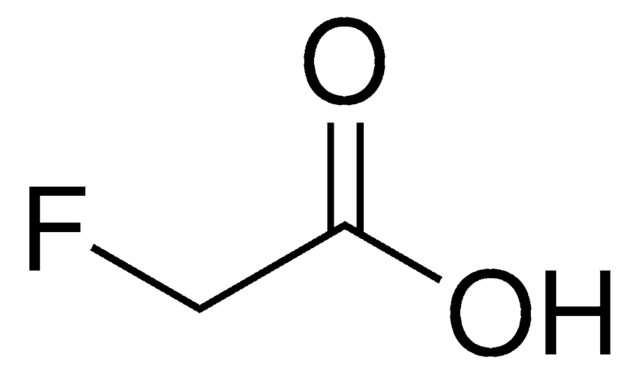推薦產品
品質等級
化驗
≥98% (HPLC)
形狀
powder
顏色
white to beige
溶解度
DMSO: 25 mg/mL protein, clear
儲存溫度
2-8°C
SMILES 字串
CC1=C(CCN2N=NC(C3=CC=C(OC(F)(F)F)C=C3)=C2CCl)C(C)=NO1
InChI
1S/C17H16ClF3N4O2/c1-10-14(11(2)27-23-10)7-8-25-15(9-18)16(22-24-25)12-3-5-13(6-4-12)26-17(19,20)21/h3-6H,7-9H2,1-2H3
InChI 密鑰
MPDMMSRZEHOFPA-UHFFFAOYSA-N
應用
AA-CW236 has been used as an inhibitor of m6G DNA methyltransferase in mouse embryo fibroblasts.[1]
生化/生理作用
AA-CW236 is a cell-permeable chloromethyl triazole (CMT) derivative that acts as a non-pseudosubstrate inhibitor against human O(6)-alkylguanine DNA methyltransferase (MGMT) by targeting MGMT active site Cys145 for covalent modification (KI = 24 nM, kinact = 0.03/min), displaying little affinity toward cysteines from other cellular proteins. AA-CW236 pretreatment (1 μM) effectively prevents MGMT from repairing DNA damage, causing significantly more upregulated O6-alkylguanine accumulation than the pseudosubstrate inhibitor Lomeguatrib (1 μM) when co-administered with the DNA-alkylating agent Temozolomide/TMZ (300 μM) in MCF-7 cells. Likewise, AA-CW236 is shown to boost TMZ toxicity in Caco-2 cultures (IC50 = 227 and 673 μM, respectively, with or without 3 μM AA-CW236 co-treatment).
AA-CW236 is a cell-permeable chloromethyl triazole (CMT) derivative that acts as a non-pseudosubstrate inhibitor against human O(6)-alkylguanine DNA methyltransferase (MGMT).
儲存類別代碼
11 - Combustible Solids
水污染物質分類(WGK)
WGK 3
閃點(°F)
Not applicable
閃點(°C)
Not applicable
Pennapa Thongararm et al.
Chemical research in toxicology, 33(2), 625-633 (2019-12-17)
DNA methylating agents are abundant in the environment and are sometimes used in cancer chemotherapy. They react with DNA to form methyl-DNA adducts and byproduct lesions that can be both toxic and mutagenic. Foremost among the mutagenic lesions is O6-methylguanine
Active Filters
我們的科學家團隊在所有研究領域都有豐富的經驗,包括生命科學、材料科學、化學合成、色譜、分析等.
聯絡技術服務








